The U.S. Air Force officially said farewell today to the KC-10 Extender, sending its final example to the boneyard, while recognizing the service that the stalwart tanker and cargo aircraft provided since it first entered service in 1981. As you can read about here, the KC-10 inventory has been rapidly reduced over the last couple of years, although it’s not yet entirely clear what the service’s future tanker fleet will consist of.
The KC-10 farewell ceremony took place in Hangar 46 at Travis Air Force Base, California, home of the final Air Force wing to operate the type. After official speeches, the last KC-10, callsign GUCCI 10, made the flight from Travis to the boneyard at Davis-Monthan Air Force Base in Arizona. The aircraft made some low passes over Travis before heading to Long Beach, passing over the place it was built.
The first KC-10 for Travis arrived at the base in 1994 and the type was most recently operated by the 6th and 9th Air Refueling Squadrons supported by the 660th Aircraft Maintenance Squadron.
Unofficially nicknamed “Gucci” or “Big Sexy,” the KC-10 was based on the DC-10-30CF and retained 88 percent of systems commonality with the commercial trijet. The Air Force acquired the KC-10 as a ‘heavy tanker’ to supplement the KC-135 Stratotanker family, with a DC-10-derived design chosen since it could be brought into service quickly to provide urgently needed additional tanker capacity. A primary mission was refueling large, fully laden transports flying over long distances, something that would become arguably even more important in the decades to follow.
The KC-10 was especially well suited to this mission. With the three main DC-10 wing fuel tanks supplemented by three large fuel tanks under the cargo floor, it accommodated almost twice as much aviation fuel as the KC-135 — more than 356,000 pounds.
Unlike almost all the KC-135R fleet, the KC-10 was also fitted with its own refueling receptacle, meaning it could take on gas from a KC-135 or another KC-10 to increase its delivery range. Another interesting feature was the KC-10’s ability to pump fuel in reverse, sending it back up the boom from another aircraft.
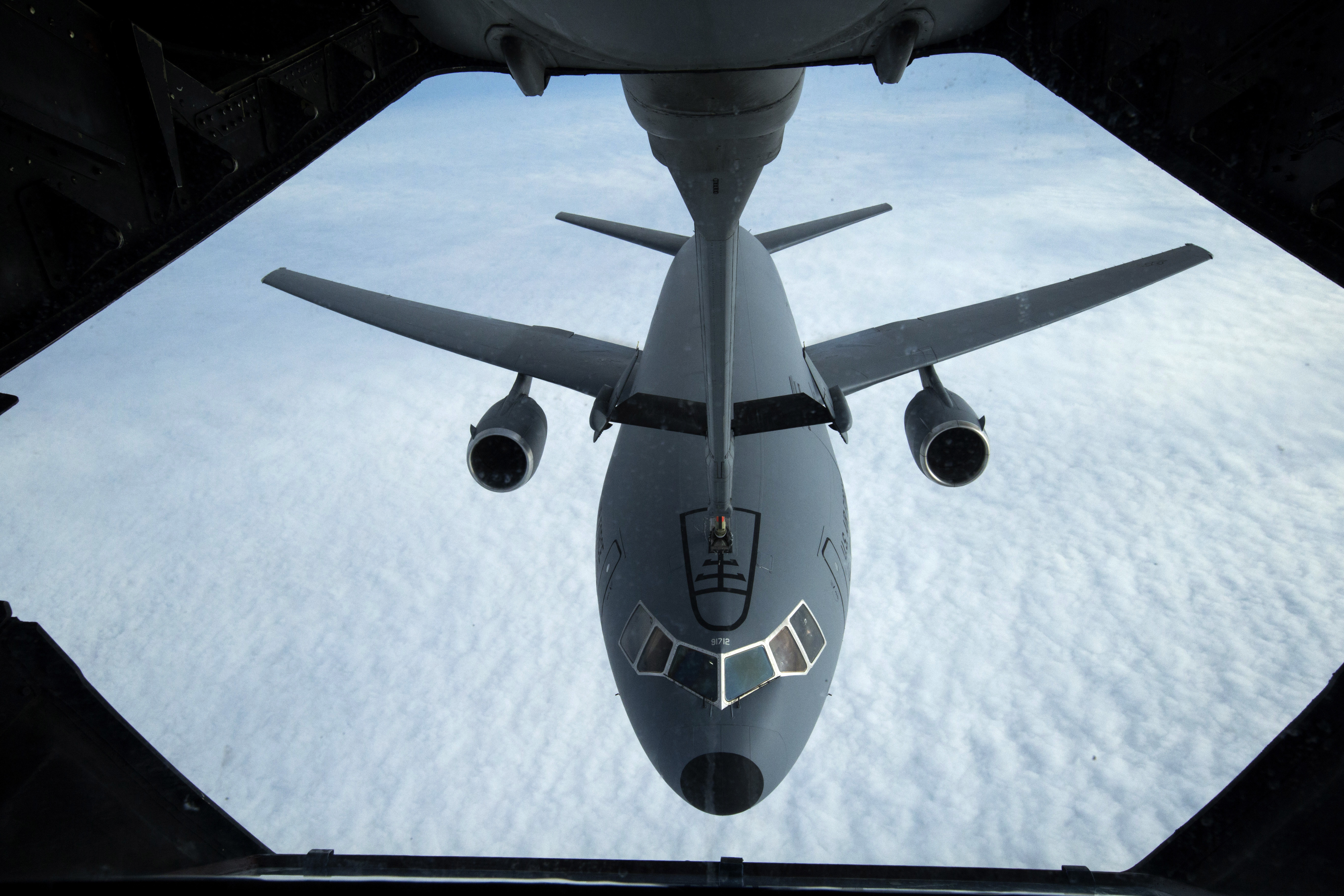
Other advantages over the Stratotanker included the KC-10’s integrated hose-and-drogue system, allowing it to refuel U.S. Navy and Marine Corps aircraft, as well as probe-equipped receivers flown by other operators, without any further modifications. Twenty KC-10s did, however, receive wing-mounted pods, allowing multiple probe-equipped receivers to top up simultaneously.
The KC-10 was also a load-carrying specialist. In its important secondary cargo-carrying mission, the Extender could transport nearly 170,000 pounds of cargo and up to 75 passengers over a distance of around 4,400 miles. The ability to lift cargo and simultaneously refuel other aircraft made the KC-10 ideal for supporting transoceanic deployments of fighters, for example, with support personnel and equipment being carried to the destination while the accompanying jets topped up en route.
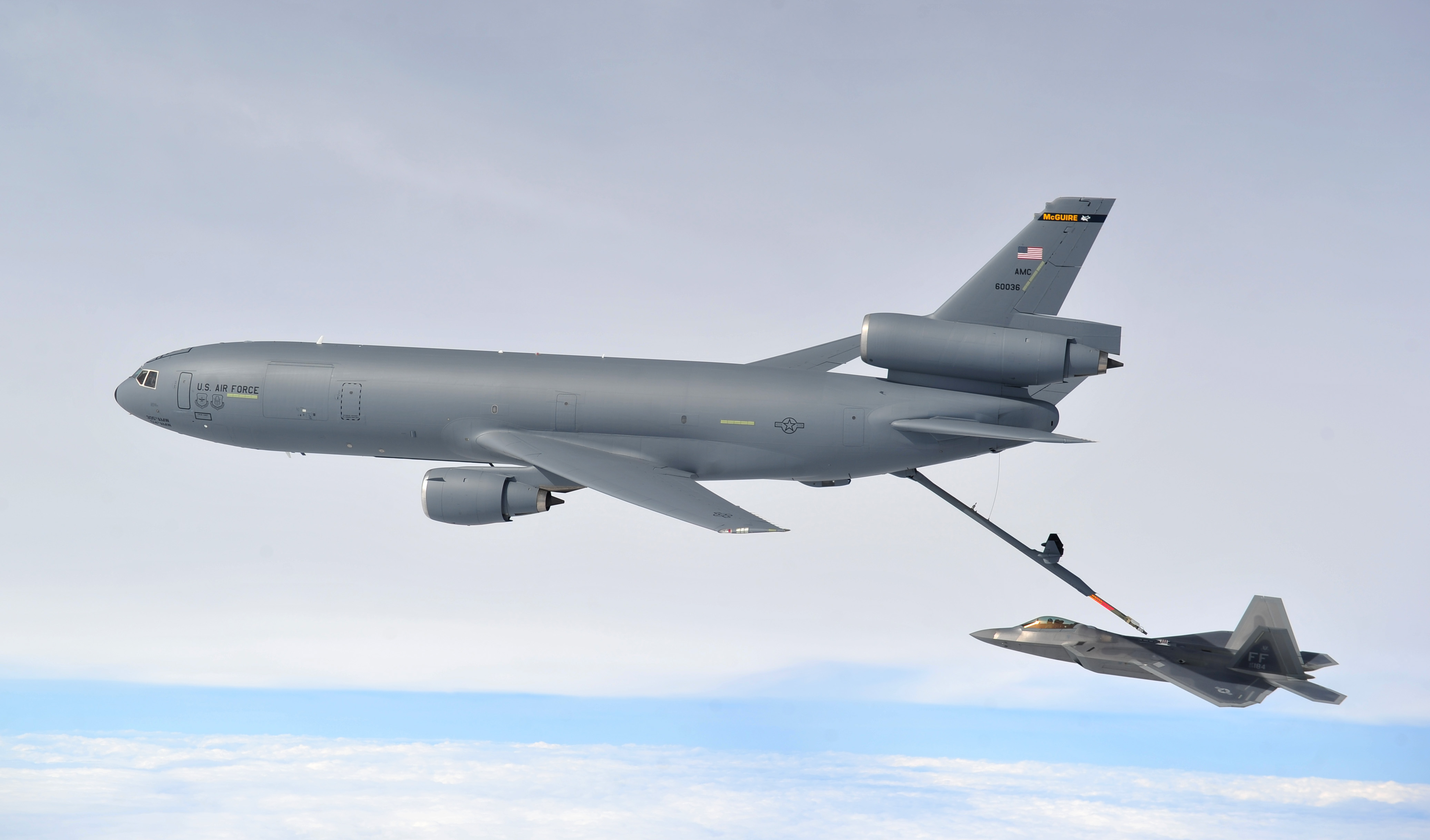
The Air Force bought 60 KC-10As — only one variant of the type was ever fielded — although one was later lost in an explosion and subsequent fire while undergoing maintenance at Barksdale Air Force Base in Louisiana in 1987.
The Netherlands also received two similar KDC-10 aircraft, now operated by Omega Air, a pioneer in the commercial aerial refueling segment.

The hard-worked KC-10 fleet was beginning to show its age by 2018 when smoke on the flight deck of one of the aircraft forced the crew to evacuate. A separate fault quickly revealed itself in the same incident, when the crew’s escape slides failed to activate. The problem was found to affect the entire fleet. At the same time, with DC-10s and MD-11s having left airline service and now also disappearing from cargo operators, the KC-10 was also becoming harder to support.
Soon enough, the Air Force was looking for ways to retire the KC-10. Despite some resistance, including from within the military, Congress ultimately approved the divestiture.
In July 2020, the retirement of the U.S. Air Force KC-10 fleet began, when the first example arrived at Davis-Monthan Air Force Base. As of September 2023, 37 KC-10s were in the boneyard, including 12 that had gone there in that same year.
The U.S. Air Force KC-10 completed its final combat deployment on October 5 last year, when the last example departed Prince Sultan Air Base (PSAB) in Saudi Arabia. The KC-10’s career included more than 30 years spent within the U.S. Air Forces Central (AFCENT) area of responsibility, supporting military operations, including Enduring Freedom and Iraqi Freedom.
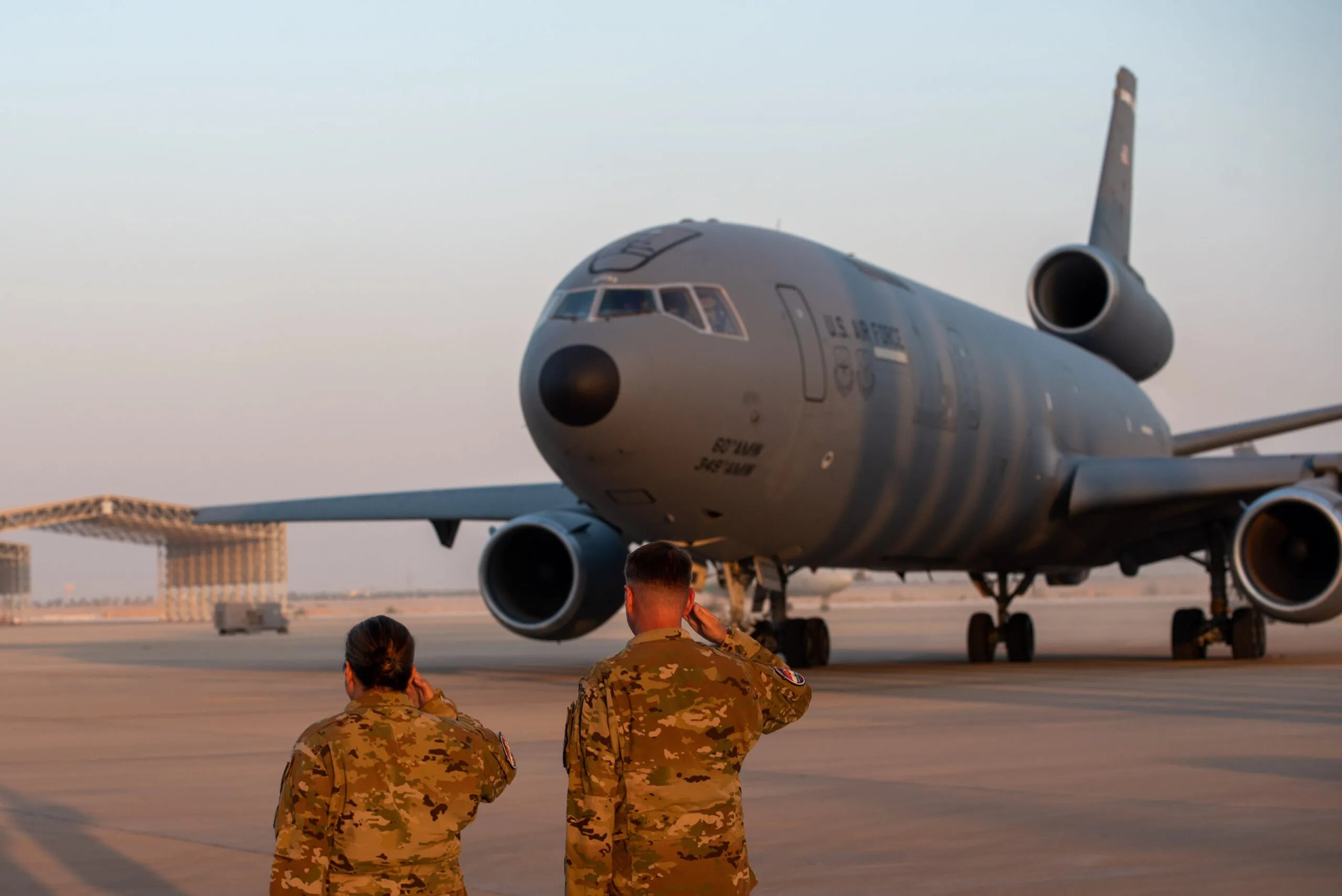
Although the KC-10 has now bowed out, the Air Force is still weighing up options for its future tanker fleet.
The immediate replacement for the KC-10 is the KC-46 Pegasus, an aircraft that has had no shortage of problems in its development, many of which persist now that it’s in service.
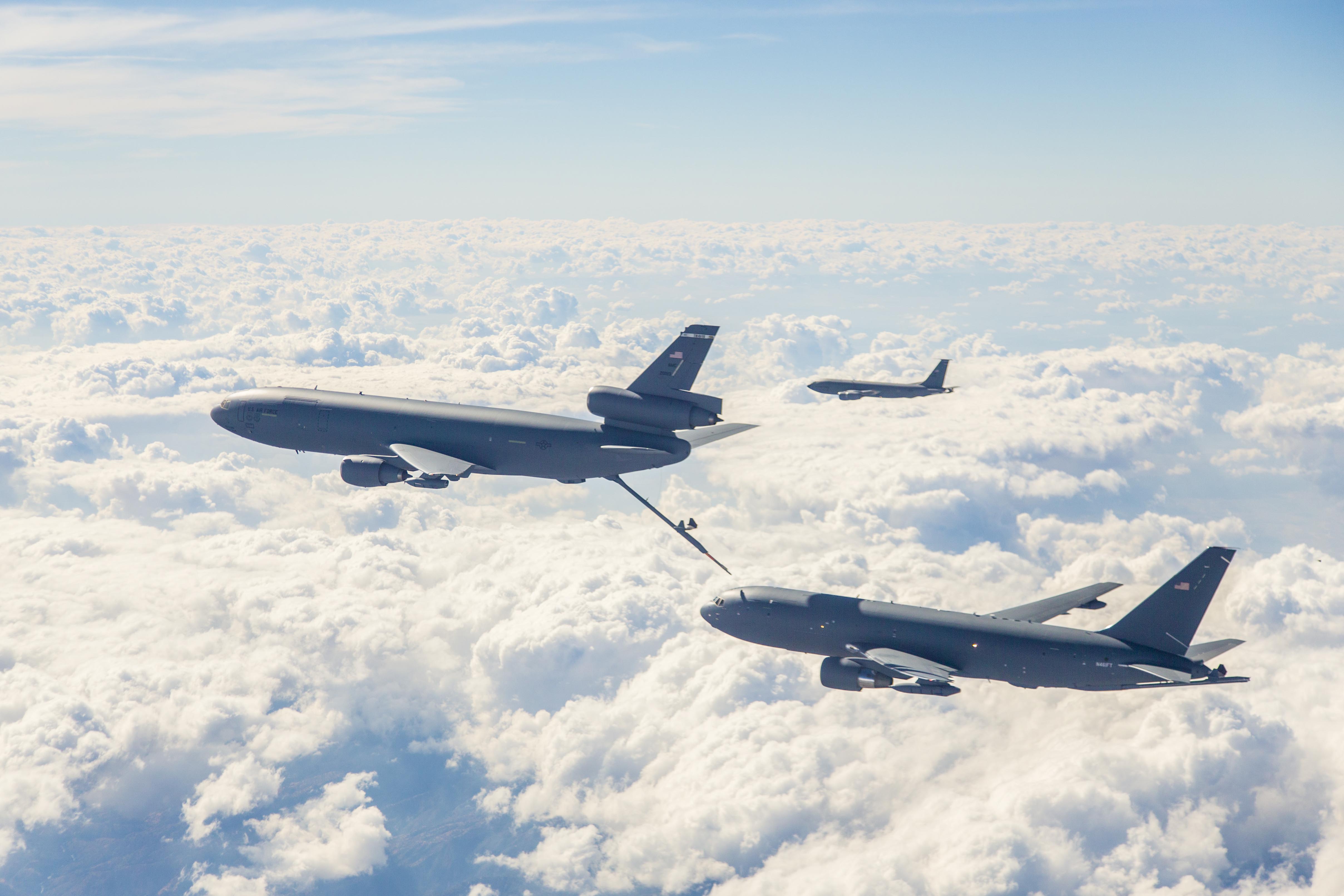
Previously, there were plans to field a KC-10 successor under the KC-Y program, the counterpart to the KC-X, which was to replace the KC-135 (and for which the KC-46 was eventually selected).
The question now is what happens after the Air Force receives the last of its 179 KC-46s, which is due to happen in 2029. As soon as the KC-46s are delivered, the service wants to start inducting 75 more aerial refuelers, aircraft that it had previously referred to as “bridge tankers.”
The bridge tankers — which could be more KC-46s, Lockheed Martin’s LMXT, or even based also contractor-based leased solutions — are viewed as an interim solution until the Air Force gets the tanker that it really wants, and one that will very likely feature survivability as a core element of its design. This may well result in a design that stresses low-observable features, as we have discussed before.
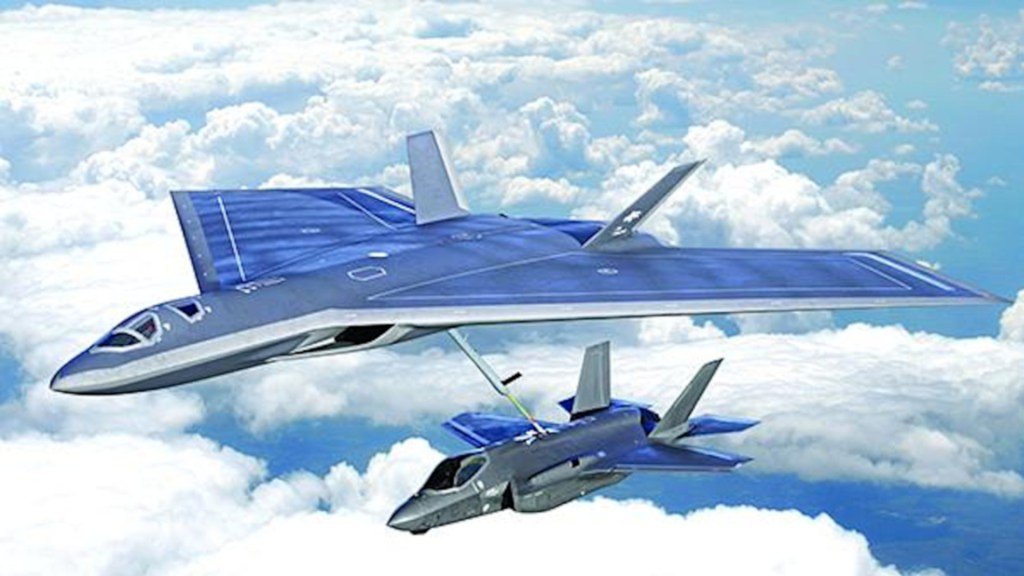
By the time a tanker of that kind is in service, the Cold War-era KC-10 will look even more dated. That said, the aircraft is still providing useful service in its contractor-operated form. It would not be entirely surprising if at least some of the former U.S. Air Force KC-10s end up in the hands of private companies, like the former Dutch KDC-10s with Omega.
Were that to happen, the KC-10’s career refueling U.S. military aircraft might not be over.
Contact the author: thomas@thewarzone.com
